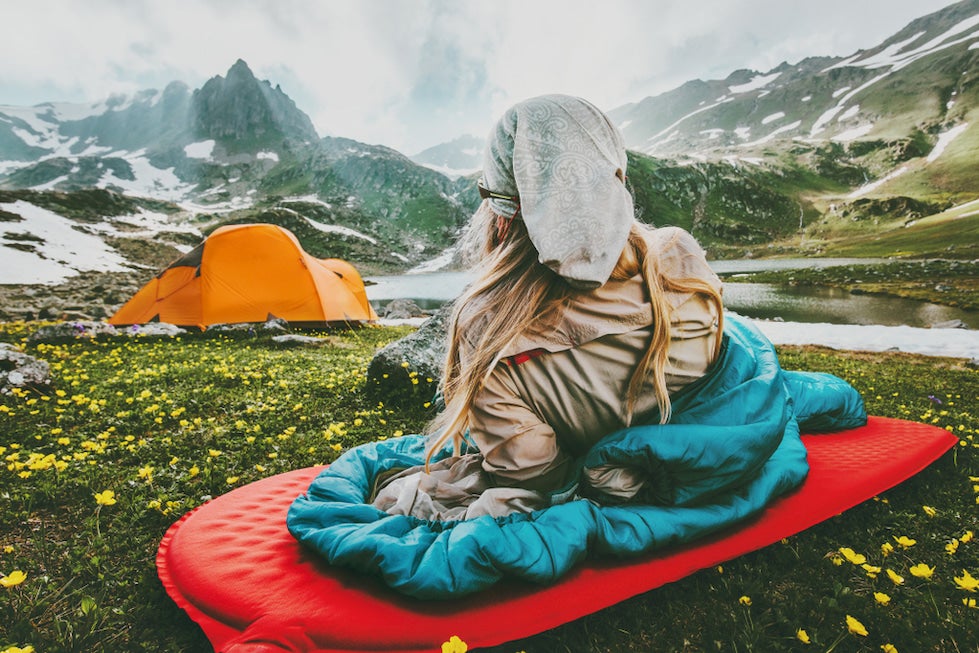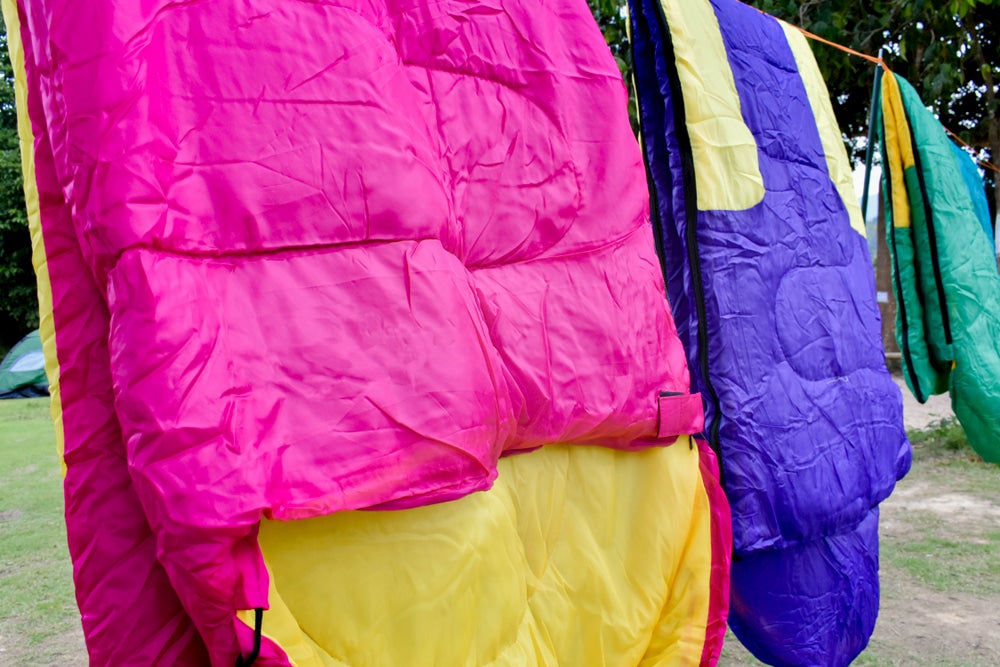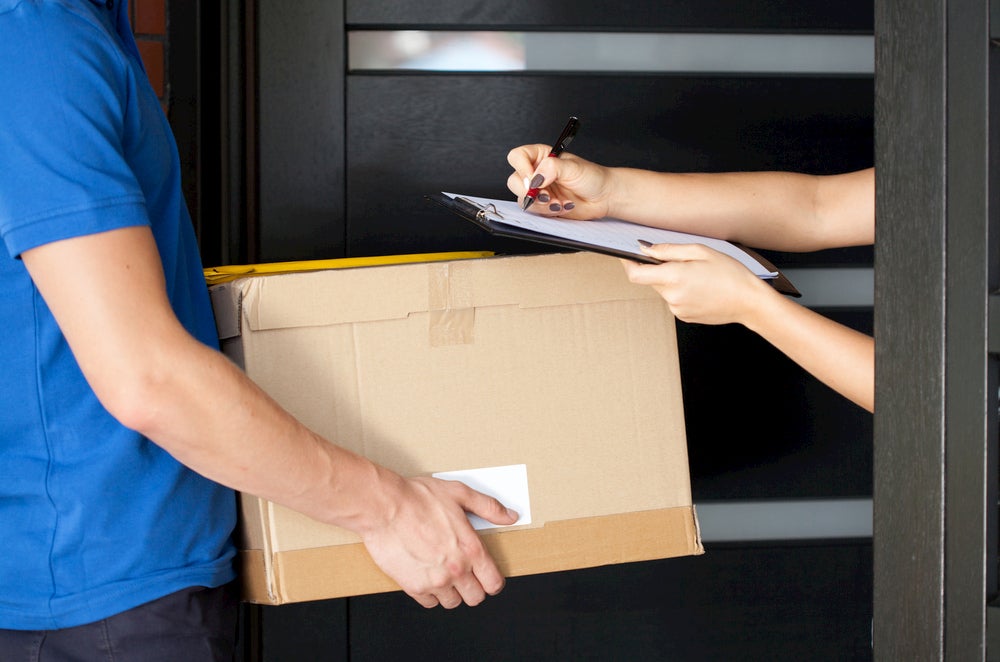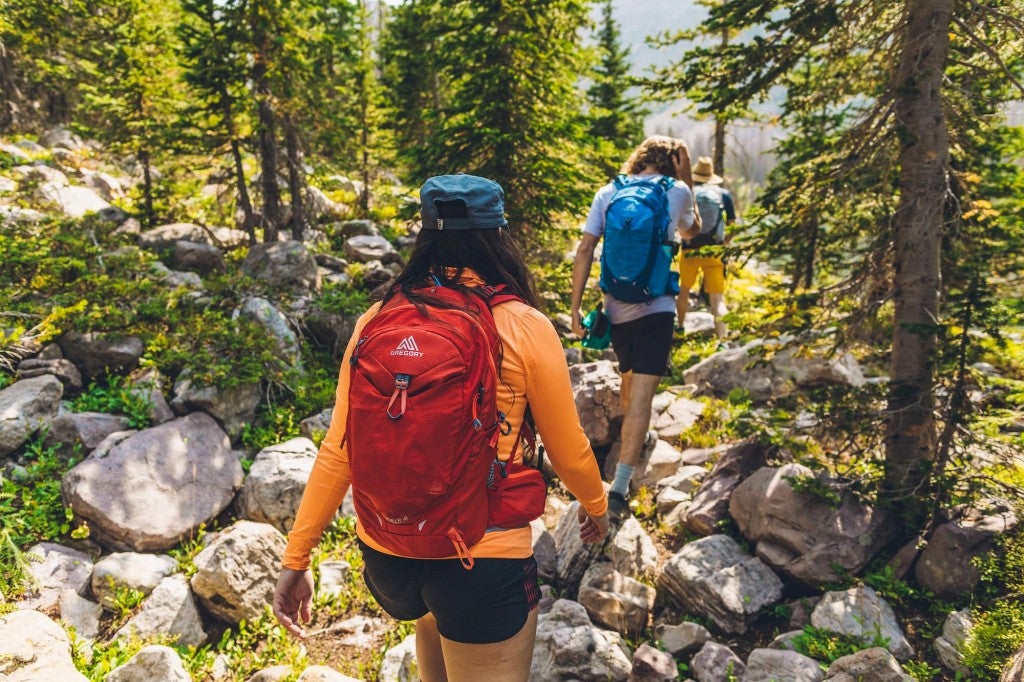This guide on how to wash a sleeping bag is brought to you by Primus. Their propane camping stove collection blends design efficiency with the power to boil water in 3 minutes or less.
The quality and durability of your sleeping bag can make or break a trip, whether it’s an overnighter in the summer or a weeklong winter thru-hike. But even the best sleeping bags can get grimy, no matter what they’re made of or how you use them.
You wouldn’t go too long without washing the sheets on your bed (we hope), and the same should apply to your sleeping bag. But how do you wash something as bulky as a sleeping bag without damaging it?
How to Wash a Sleeping Bag

Here are some guidelines before getting your hands dirty:
- Always check the label before washing your sleeping bag. Sleeping bags come in a variety of material, and each requires a different cleaning method. For example, a down sleeping bag may need a bit more TLC than a synthetic bag.
- Don’t dry clean your sleeping bag. The harsh chemicals used in the dry cleaning process can damage the materials, especially in down sleeping bags. You risk stripping the down of its loft, which can reduce its insulation.
- Use special detergents. Nikwax Down Wash works well for washing down bags. For synthetic bags, check out Nikwax Tech Wash. Avoid conventional laundry detergent, as the chemicals can ruin the thin fibers in the bag that contribute to its warmth and loft.
- Wash your sleeping bag at your discretion. You don’t have to wash your sleeping bag after every trip, but you may want to clean it more often in summer, when heat and sweat can contribute to your bag’s deterioration. Spot clean your sleeping bag as needed and you may be able to get away with a single end-of-season deep clean.
3 Ways to Keep Your Sleeping Bag Clean
There are three main ways to wash your sleeping bag, each of which involves a different level of time, effort, resources, and cost. The method you pick is up to you—one is not necessarily more effective than the other, depending on how much effort you’re prepared to put in.
How to Wash Your Sleeping Bag in a Bathtub

Hand washing your sleeping bag is by far the most labor-intensive approach, but it can also be the most cost-effective. Avoid the temptation to clean your sleeping bag in the sink! Once it starts to absorb water, the size and weight of a sleeping bag can quickly make a sink impractical.
- Fill your bathtub with lukewarm water, then add the appropriate cleaning product.
- Gently ease the bag into the water, working the soap throughout the sleeping bag. Use soap sparingly, as it can be difficult to remove from the fibers of the bag. Focus on heavily soiled areas, distributing the soap as evenly as possible.
- Soak the sleeping bag for 30-60 minutes, then drain the bathtub and press excess moisture from the sleeping bag.
- Fill the tub back up with clean water, massage the soap out of the sleeping bag, and let sit for 10-15 more minutes. Drain the tub and press out the remaining water.
- Using your dryer’s low-heat setting, dry your sleeping bag for an hour. This may be enough time for a synthetic bag, but down bags will typically take several hours to dry. You can add two to three clean tennis balls to the dryer to keep the bag from bunching up. If you prefer, hang your sleeping bag out of direct sunlight in an area with low humidity levels. Note: depending on the size of your dryer and your sleeping bag, you may want to try a commercial dryer at a laundromat.
How to Wash Your Sleeping Bag in a Washing Machine

A washing machine is easier than hand washing, but costs slightly more due to the use of power. Avoid using a top-loading washing machine with an agitator (the center spindle that sticks up from the middle of most top loaders), as it can rip the seams in your bag. A front loading or top-loader without an agitator should be fine.
- Consult the directions on the manufacturer’s tag and get the relevant cleaning product for your bag.
- Select the gentlest cycle on your washing machine, and use warm or cold water as indicated by the instructions on the tag.
- After the first cycle is completed, run a second cycle without cleaning products. This will help to remove extra soap that may have soaked into the bag.
- Remove the sleeping bag from the washing machine, being careful not to tug or pull on the bag as you lift it. Because it will be full of water, it’s best to try to grab the whole bag, ensuring that it’s not caught anywhere on the machine.
- Over your bathtub or outside, press out the excess water from the bag and place it into a dryer. As with hand washing a bag, it’s important that your dryer can fit your sleeping bag without bunching it up. Again, you may need to visit a laundromat for this step.
- Using your dryer’s low-heat setting, dry your sleeping bag for an hour. This may be enough time for a synthetic bag, but down bags will typically take several hours to dry. You can add two to three clean tennis balls to the dryer to keep the bag from bunching up. If you prefer, hang your sleeping bag out of direct sunlight in an area with low humidity levels. Note: depending on the size of your dryer and your sleeping bag, you may want to try a commercial dryer at a laundromat.
How To Wash a Sleeping Bag By Mail

The easiest option is also the most expensive—outsource the work by sending your sleeping bag to a gear repair company. Its as simple as…
- Completing a form, and mailing out your dirty sleeping bag.
- Wait for it to return, clean as new!
Local and national companies provide this service; for example, Rainy Pass Repair, Inc. It is available nationwide and even cleans sleeping bags affected by poison oak or animal urine. Prices run from $35 – $52, plus the cost of shipping.
This article was brought to you by Primus
Pick up one of Primus’ portable camp stoves today!
The Dyrt is the only camping app with all of the public and private campgrounds, RV parks, and free camping locations in the United States. Download now for iOS and Android.Popular Articles:
Articles on The Dyrt Magazine may contain links to affiliate websites. The Dyrt receives an affiliate commission for any purchases made by using such links at no additional cost to you the consumer.




